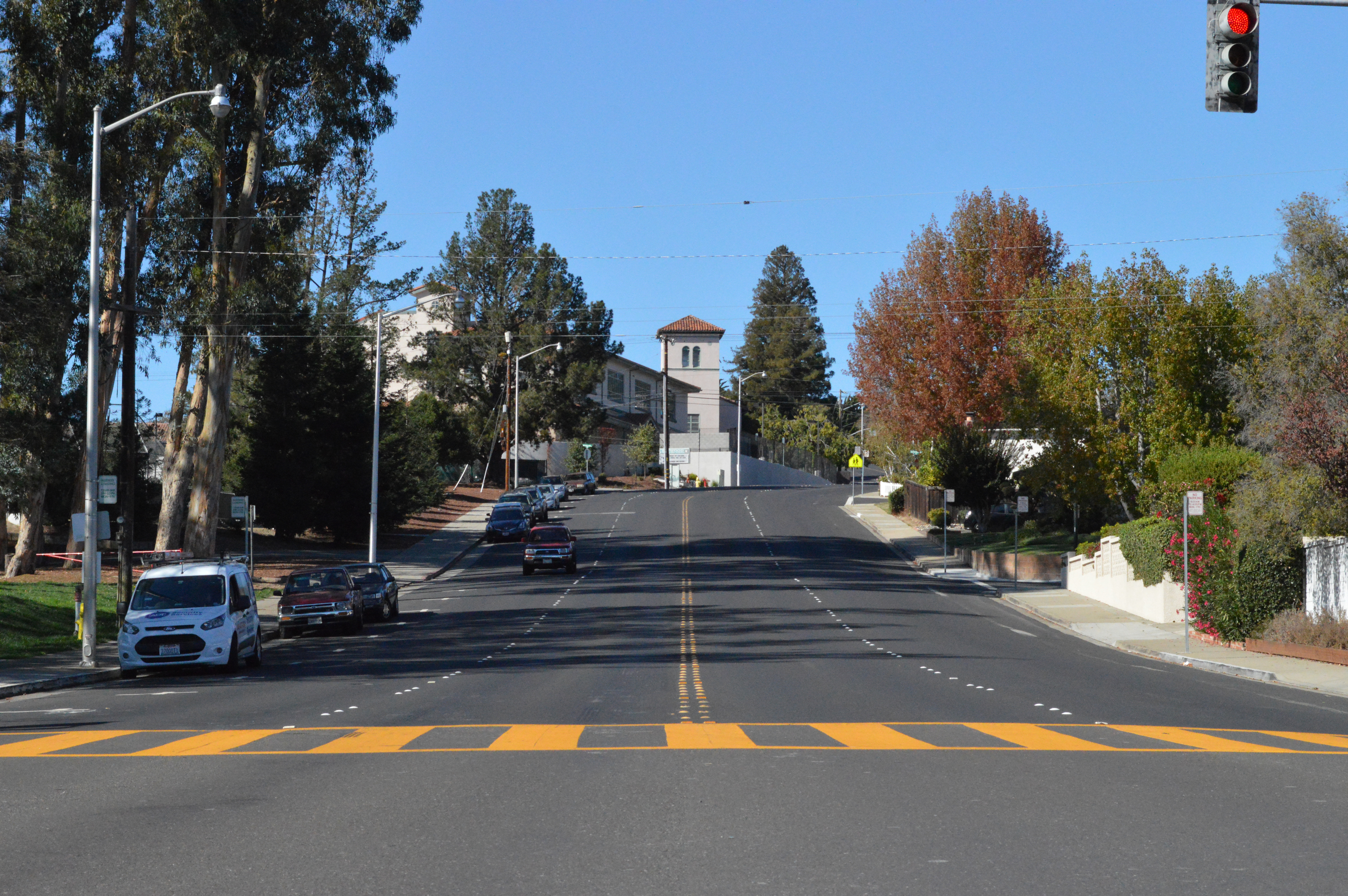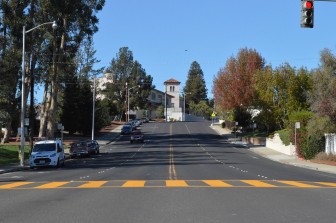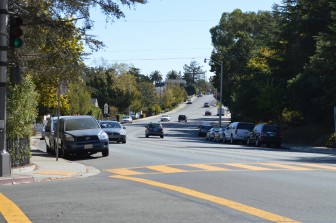
Beginning in 2011, the San Mateo County Office of Education implemented a countywide program called the Safe Routes to School (SRTS) program. SRTS began as an outreach survey program seeking student and parent input with the express purpose of promoting walking and biking to school and also improving traffic safety. SRTS helps map out local streets that are safe for students to use, as it related to walking and bicycling to school safely. This program also aims to educate both students and parents about the benefits of physical activity and to reduce vehicle traffic and air pollution in the vicinity of schools.
Since then, a host of new local sustainability initiatives have emerged in San Mateo and are slowly being implemented, using those SRTS survey results, to make transit to and from schools safer and more sustainably based.
SRTS is a part of a much larger bicycle campaign beginning to take effect. In the next few years, newly planned bicycle routes in San Mateo will also be implemented throughout the Bay Area.
A sustainability commission was established in 2014 in San Mateo to make recommendations to the city council on policies and programs related to bicycling and overall the long-term environmental, economic, and social health of San Mateo. Additionally, the city council specifically mandated the Public Works Department staff to implement new bicycle measures under the city’s newly adopted sustainable streets plan.
These sustainable concepts are policy goals in a program called Vision Zero, which advocates for transportation policy reforms, including wider sidewalks and raised bike lanes. Under Vision Zero, San Mateo has proposed street and sidewalk modifications to improve walking and bicycling conditions, especially at intersections with highest rates of collisions.
Senior Alton Olson, a bicyclist who rides his bike three to four times a week to Aragon, faces safety concerns when biking near Aragon. He says, “[Although] the neighborhood right next to Aragon is pretty safe, the four-way stop up the hill towards 92 is pretty jam -packed with cars and it can be very unpredictable. Drivers go out of turn, and I would not feel comfortable biking around there. There are just a lot more drivers than bicyclers on the road, and you never know what they are going to do or [if] they might not see you.”

To improve safety conditions for bikers, the city will install shared bike lane markings on Alameda.
Alonso Barahona, Safe Routes to School Management Specialist for San Mateo, says, “ San Mateo is currently implementing some new stripping and signage throughout the city, [and] Alameda de Las Pulgas is considered a Class III Bicycle Route with Shared Lane Markings, meaning that on the lane closest to the curb, it will have a sharrow on the road.”
Barahona adds, “Currently, there is a Class II Bicycle Lane on Aragon Boulevard from Alameda de Las Pulgas to Edinburgh Street [and on] Hobart Street from Alameda de Las Pulgas to Edinburgh Street. The SRTS [was adopted] to provide new bicycle infrastructure. [This SRTS] is a guide to provide [San Mateo] to take the lead in implementing new bicycle infrastructure.”
Although Barahona believes this plan to be promising in addressing safety concerns, Olson believes that it will not encourage more students to bike to school.
Olson adds, “I don’t think it will create a drastic increase in how many people are biking to school, but for the people who already bike to school it will be a lot safer and it will lower the chance of anybody getting hit or killed on their way to school by a lot.”
However, history teacher Jim Smith, who commutes via bike and train from Palo Alto most days, disagrees, believing that the newly funded bicycle sharrows on Alameda will influence more students to consider biking as a method of transportation. He says, “I think these efforts will result in more people riding their bikes in San Mateo. It will take much more than [shared bike lanes], however, to increase bike riding at Aragon, but hopefully this is a start.”
